|
The standard pallet size in North America is 48x40 and has been for decades. I detailed uses for the 48x40 along with nearly 40 other pallet dimensions in my previous post, Industry Standard Pallet Sizes: A Complete List. As a follow-up, I am specifically shining a light on plastic pallets and six (6) sizes commonly sold in the US. This post is part 5 of a 10-post series on plastic pallets 101. (Part 4 explains capacity ratings.)
0 Comments
Look at any plastic pallet spec sheet and you’ll see capacity ratings detailing how much weight the pallet can handle. These numbers are important to safety so let’s examine them now.
Wondering about the material used for manufacturing plastic pallets? You may want to flip that question around and ask, what plastic material does my pallet application need? That's because plastic pallets can be made from a variety (and blends) of different materials to support specific environments. Plastic pallets are built to support a wide variety of functions and environments. Each function typically relies on a specific design style to safely and efficiently get the job done. Use the guide below to dive into an overview of styles and the duties they carry out. The marketing team at Nelson Company has two remarkable reasons to celebrate as we wind down 2022. Earlier this month, the staff at Pallet Enterprise and WoodView Media Company named Nelson Company as one of their top 5 picks for best US pallet company websites for 2022. This year also marked the 20-year anniversary of our partnership with the talented web group that helps to keep us ahead of the pack. The basic anatomy of a plastic pallet can be boiled down to three main parts: a top deck, the bottom support and the sides.
Easy, right? Not so fast. Plastic pallets are available in a dizzying array of styles and options designed to work with specific loads, environments and equipment. How do you choose? The guide below will help you get started. |
Call Us: (410) 477-3000
Headquartered in Baltimore since 1918 Nelson Company is a trusted source for pallets & packaging materials.
NelsonCompany.com Is your packaging system costing more than it should? Find out how you can start saving with an analysis from Nelson Technical Center.
Our own web-based software for reverse distribution. Nelson-ART™ manages the entire life-cycle of your packaging assets.
|
Tech CenterThe Nelson Technical Center finds savings. Solutions for the design, supply and recovery of transport packaging.
(443) 649-1049 |
Wood SalesCustom wooden pallets and crates are our specialty. Ask us about wood manufacturing, repair and recycling.
(410) 477-3000 |
|

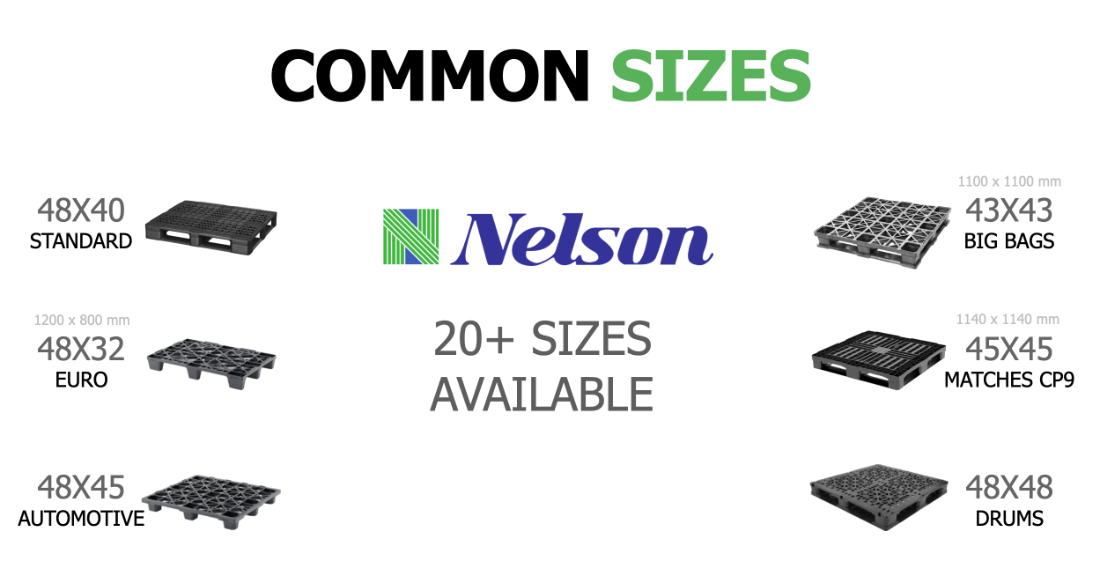
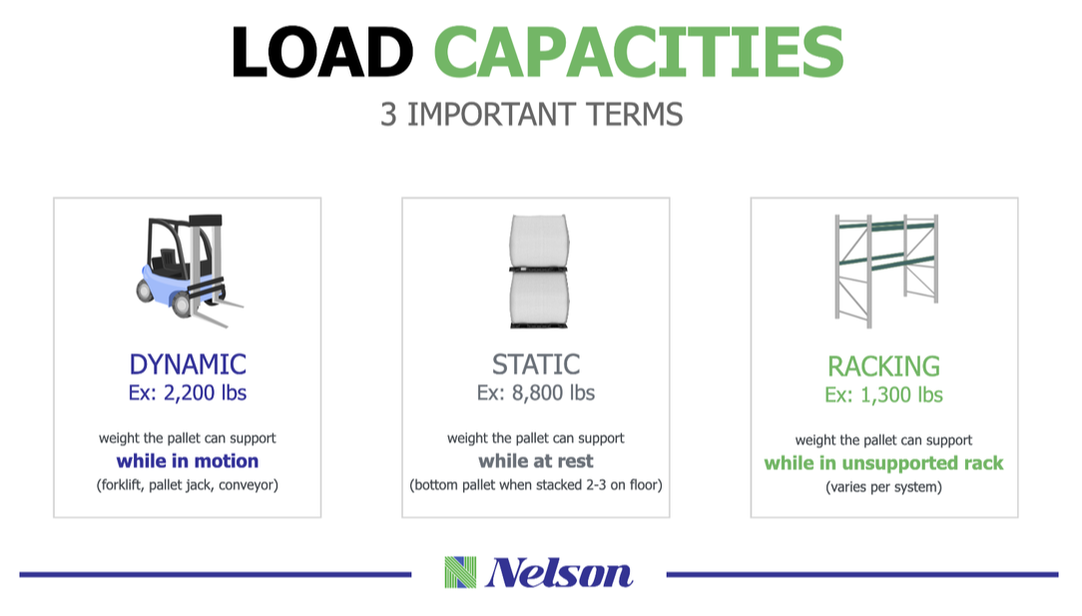
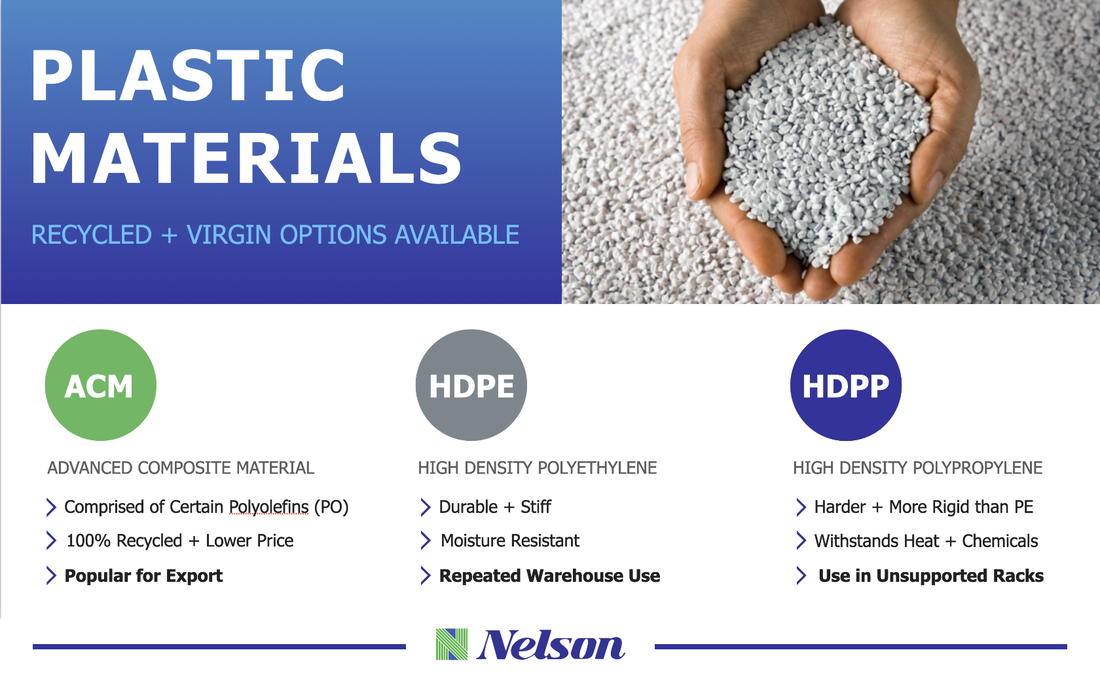
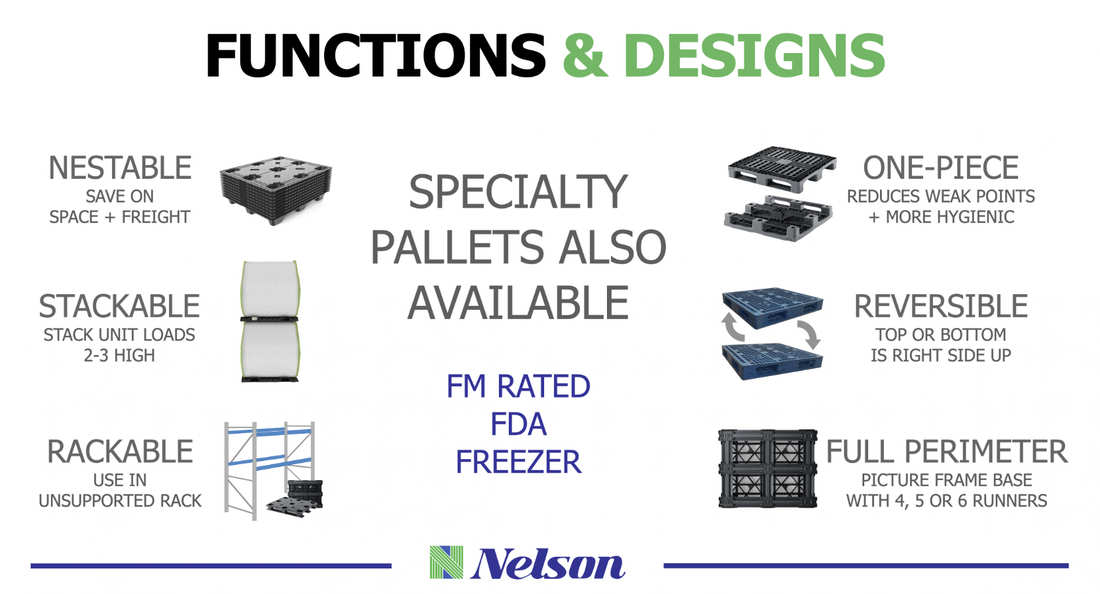

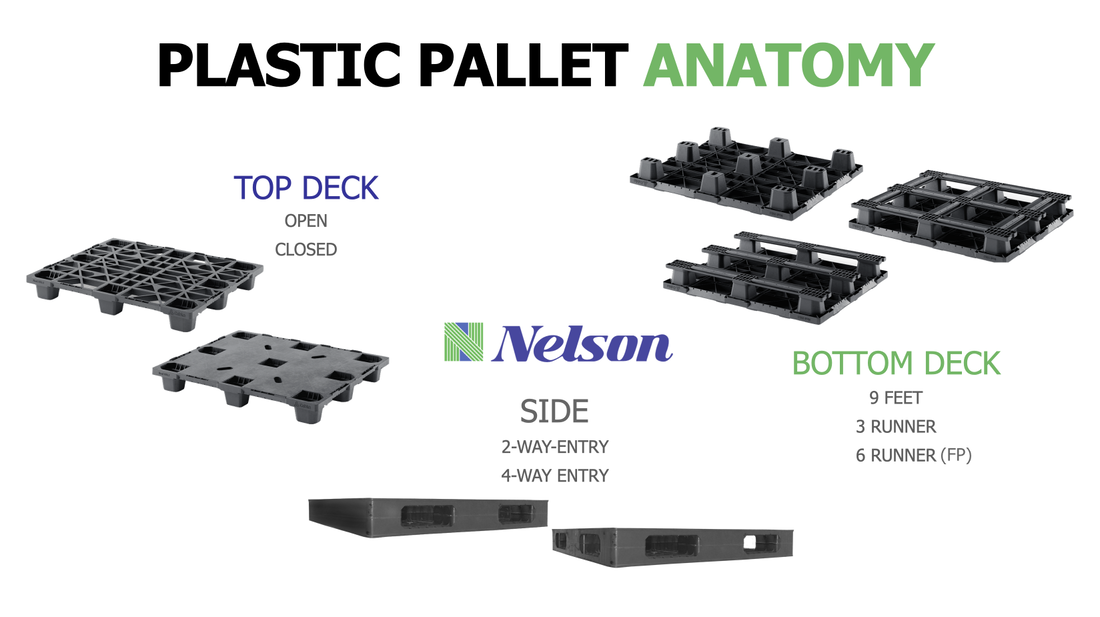



 RSS Feed
RSS Feed
